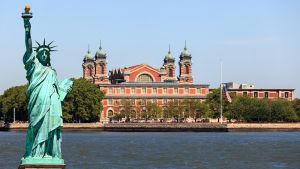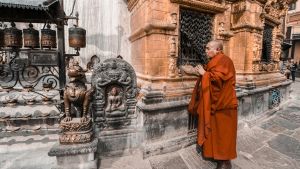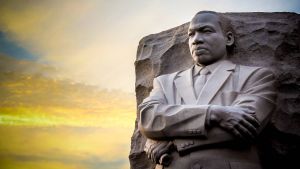During Women’s History Month, Fair360, formerly DiversityInc is honoring a series of woman innovators and history makers like Kalpana Chawla, who are often overlooked in mainstream media coverage and history books. Check back throughout March to learn about more important figures.
Born: July 1, 1961, Karnal, India
Died: February 1, 2003, over southern U.S. on Space Shuttle Columbia
Best known for: Being the first Indian-born woman in space
Tragedy struck on a 2003 mission on Columbia STS-107 when the space shuttle malfunctioned upon entry back to Earth, killing the entire crew of seven. One of the crew members, Kalpana Chawla, was the first woman in space of Indian descent. Over her career, she logged more than 30 days in space, conducting experiments as a mission specialist.


















